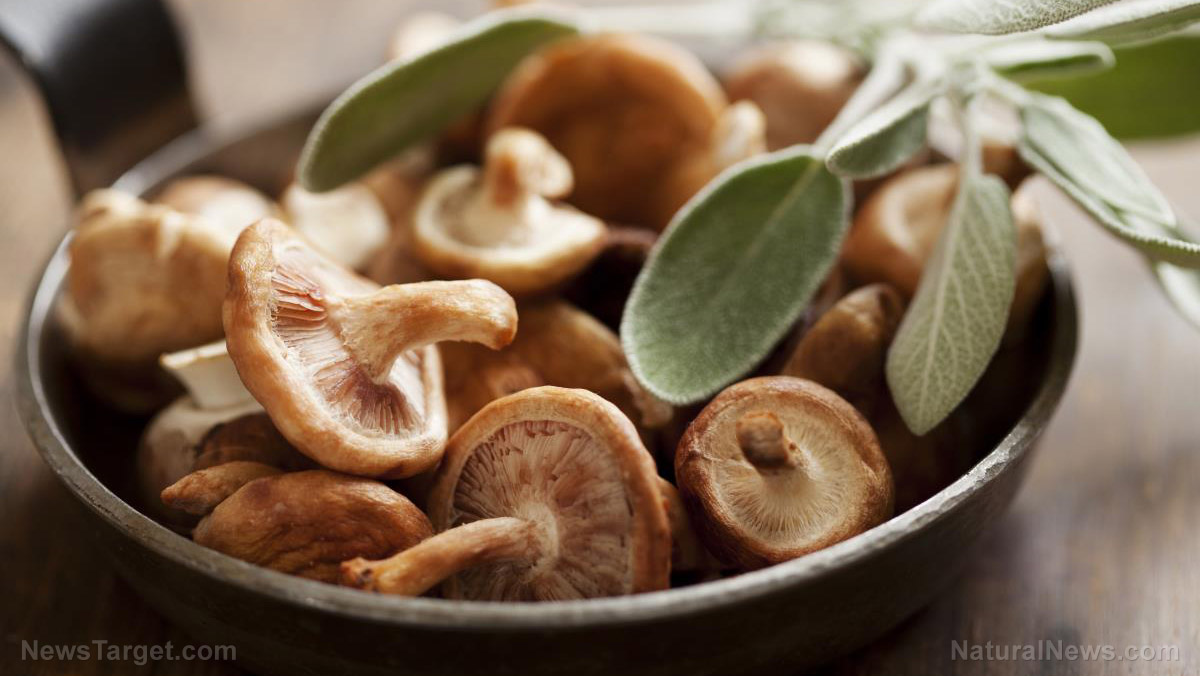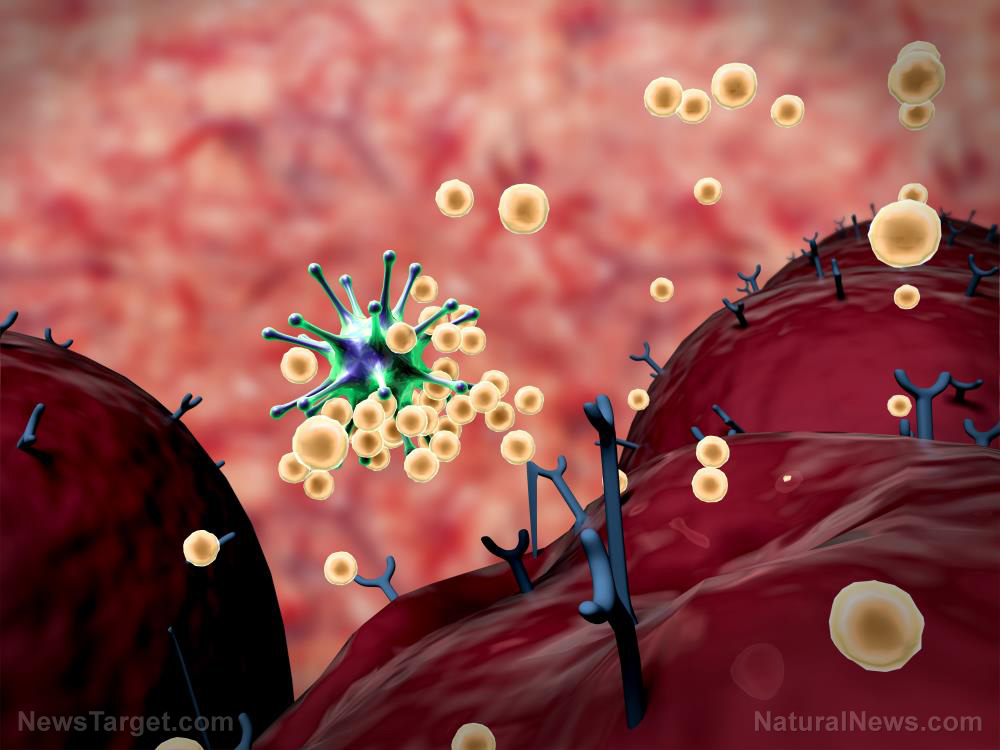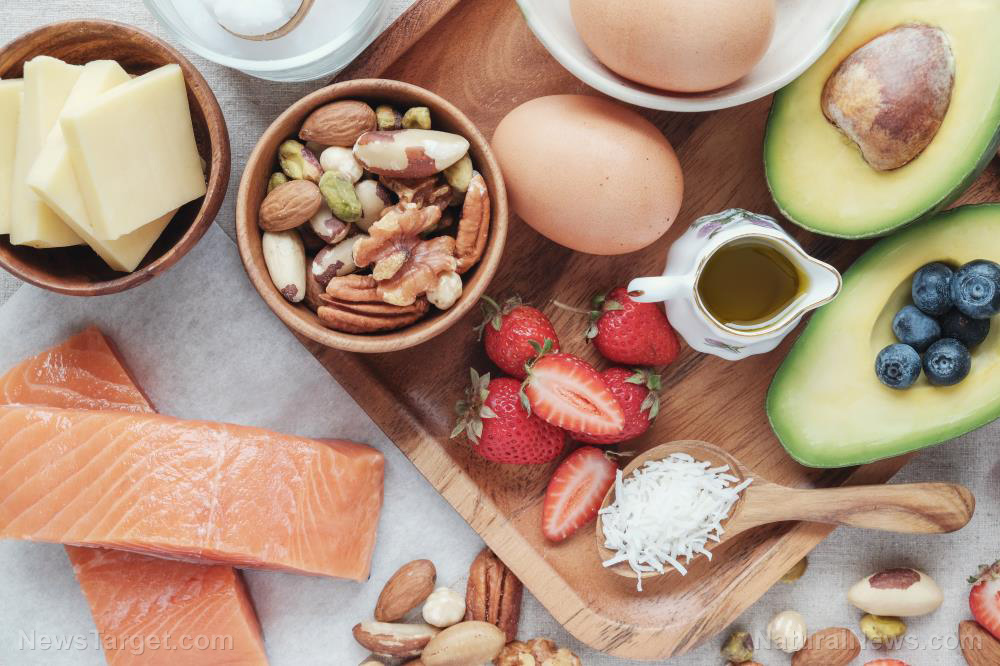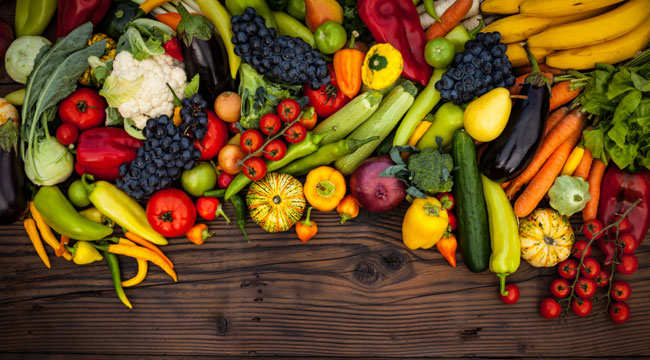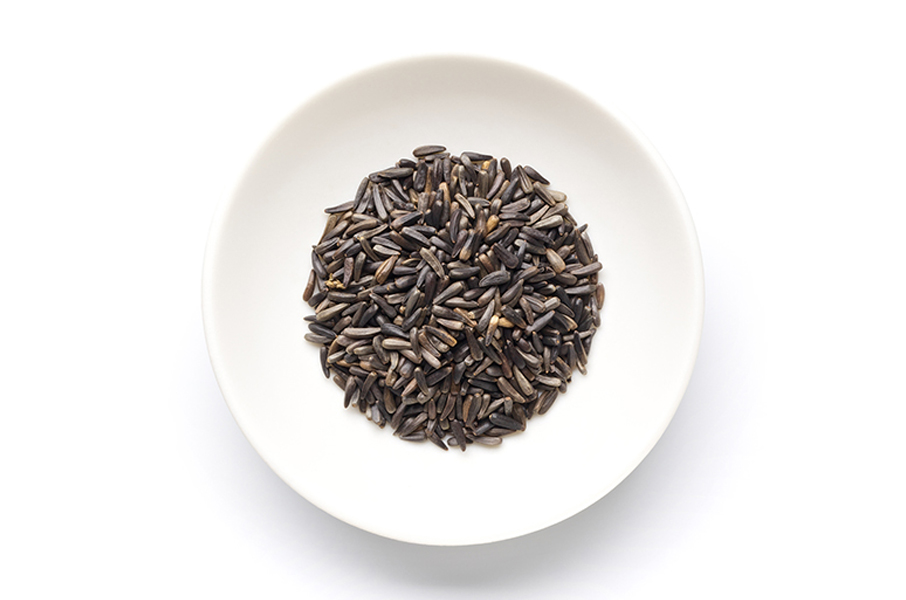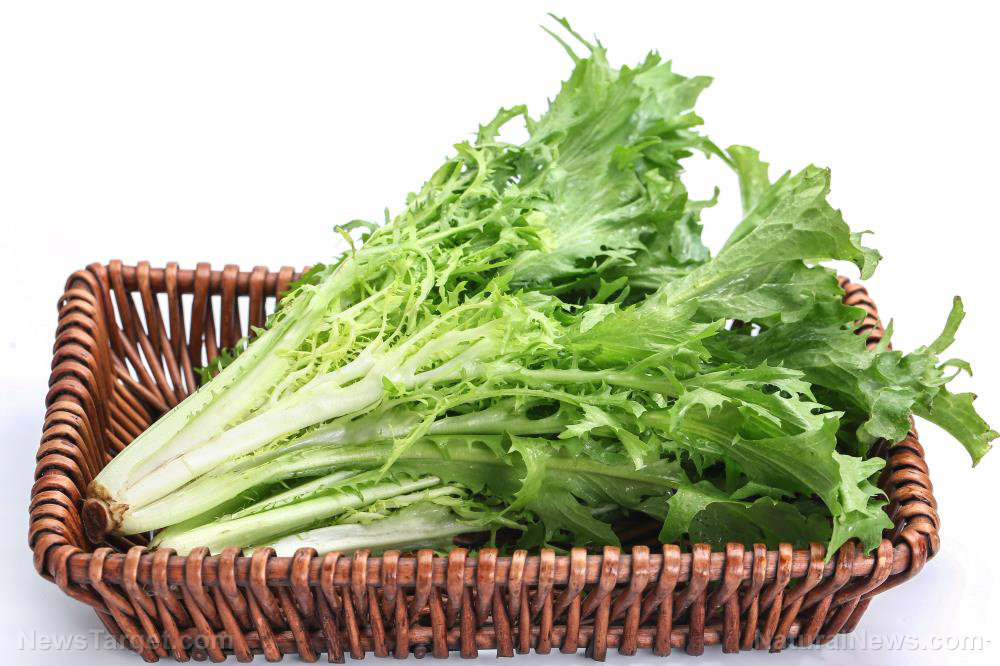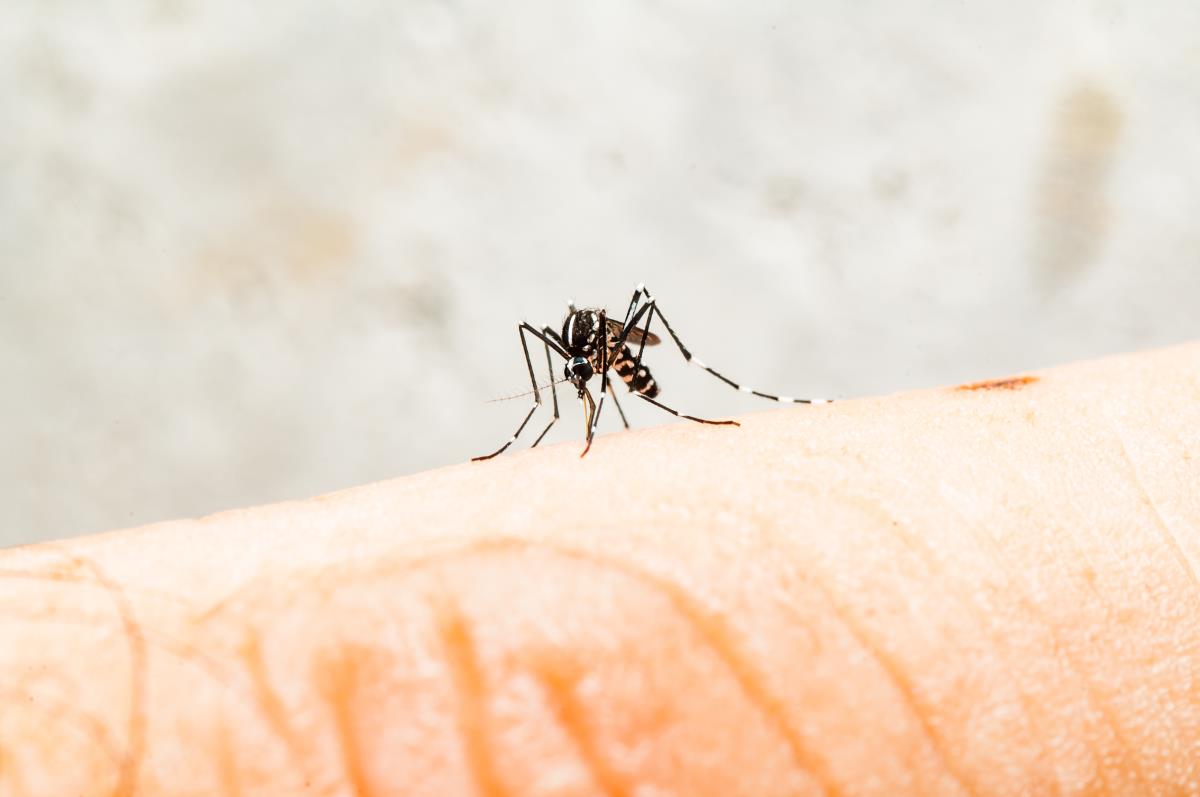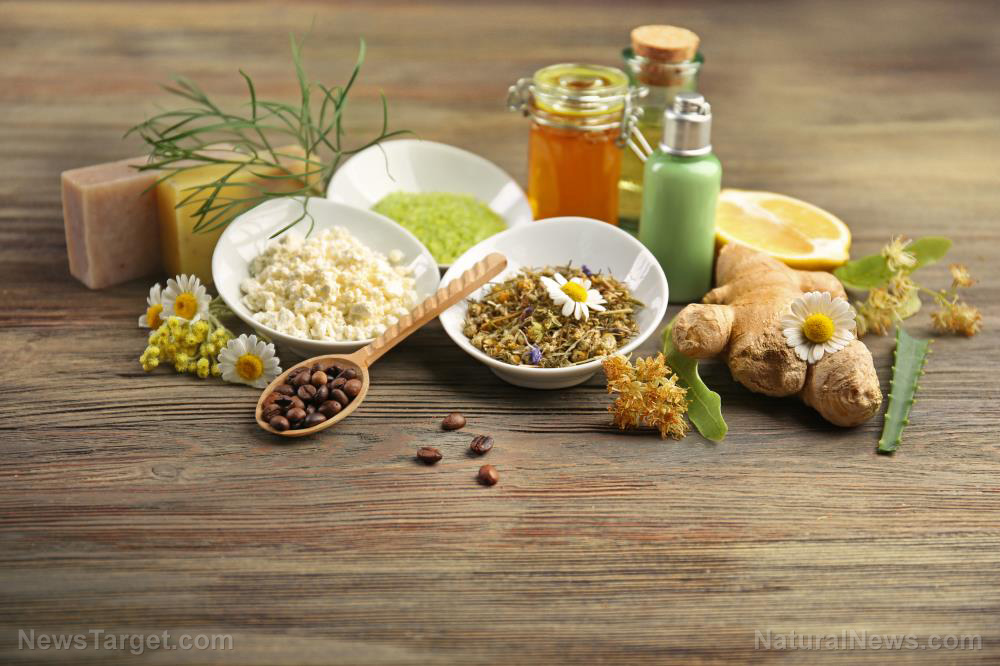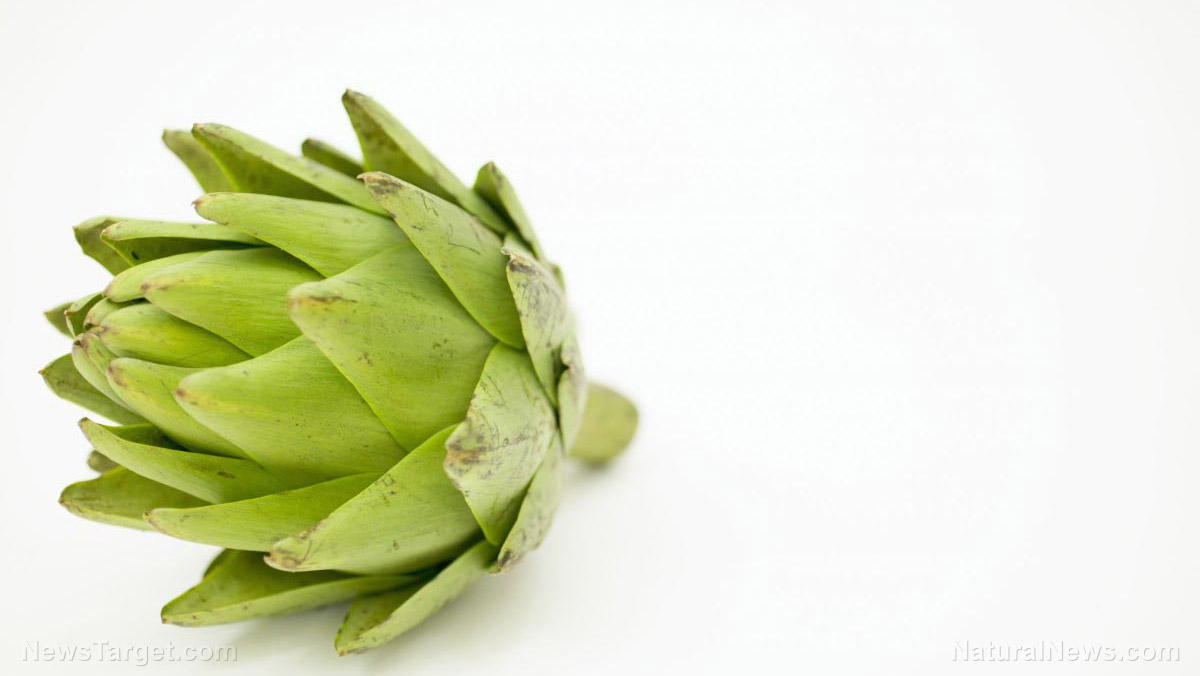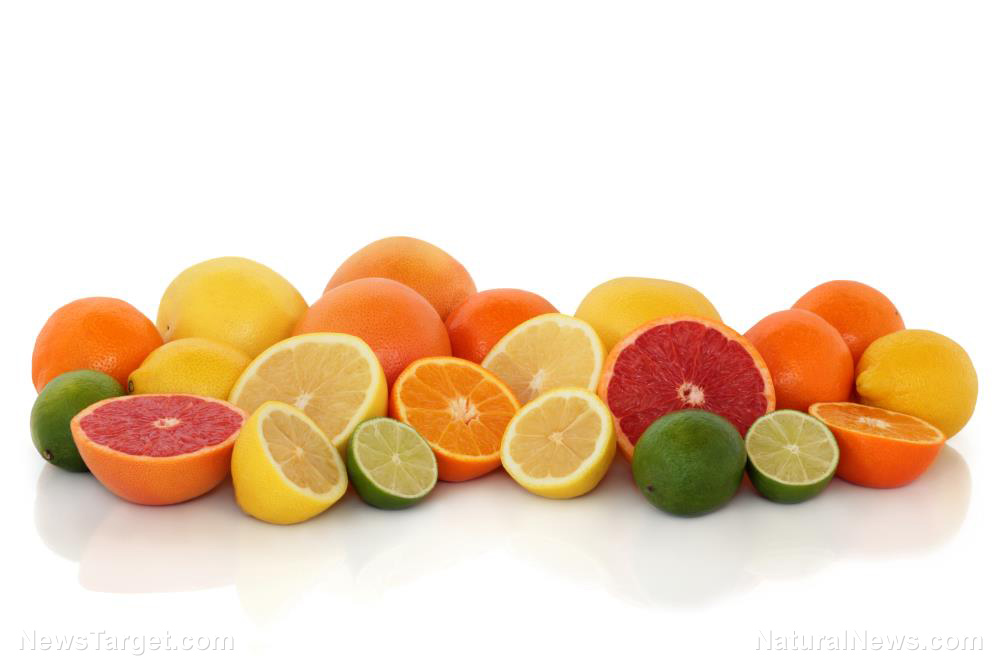Treating wounds and infections: The healing properties of honey
04/24/2020 / By Divina Ramirez
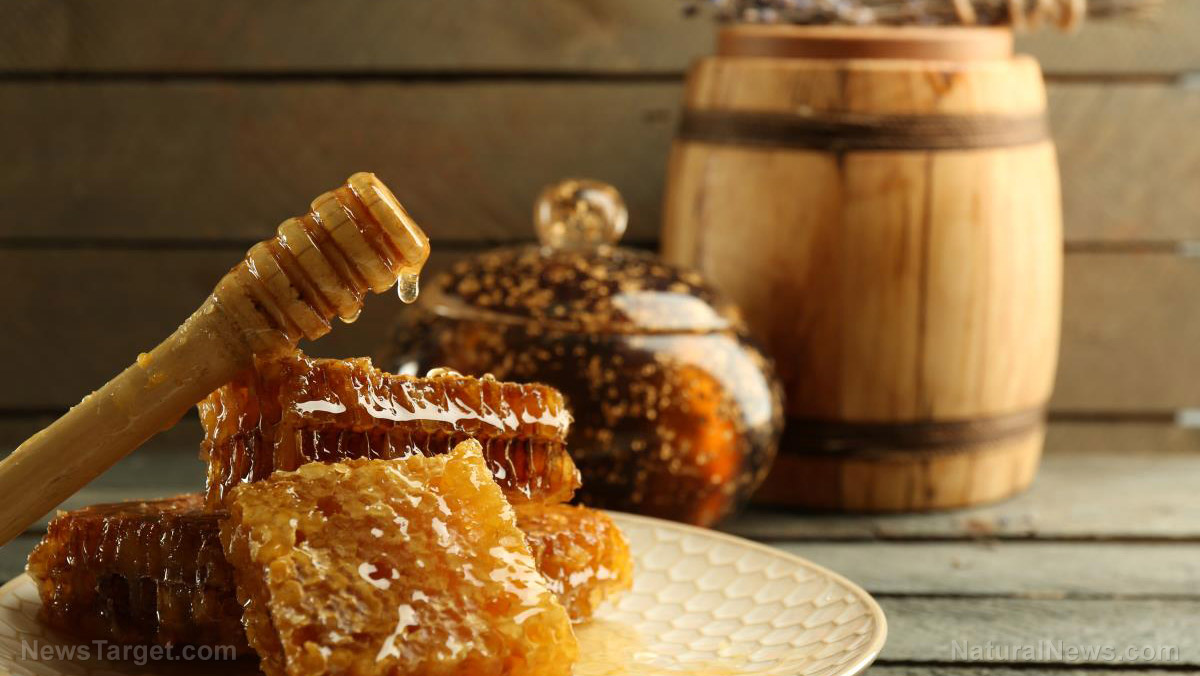
Raw honey is considered a superfood due to its antioxidant and antibacterial properties. It contains plant compounds that accelerate wound healing. In particular, raw honey consumption and topical application can treat the following infections:
Mouth blisters
A recent study published in the American Journal of Otolaryngology revealed that raw honey can significantly reduce the appearance of sores and blisters in children with herpes simplex gingivostomatitis (HSGS).
HSGS is an infectious disease caused by the herpes simplex virus, which also causes cold sores. It is marked by painful oral lesions, ulcers, swollen gums and damaged skin around the mouth. HSGS can also create painful blisters on the roof of the mouth and the uvula, which can discourage an individual from eating or drinking. To prevent dehydration and poor nutrition, monitor water and food intake especially if you suspect an infection. Moreover, regularly use a raw honey-based mouthwash to relieve painful sores and facilitate rapid healing.
Mucositis
According to a recent study published in the Indian Journal of Palliative Care, raw honey greatly reduced the severity of mucositis in cancer patients receiving chemoradiation.
Mucositis occurs when cancer treatments, such as chemotherapy or radiotherapy, break down the tissues that line the gastrointestinal tract, causing ulcers and lesions prone to infection. Mucositis can lead to several problems including poor nutrition, dehydration and an increased risk of infection. Symptoms of mucositis include swollen gums, bleeding sores, difficulty swallowing, burning sensation in the throat, excess mucus or saliva and white patches of pus on the tongue.
Fortunately, raw honey can relieve painful sores and inflammation, as well as prevent the onset of oral mucositis in cancer patients, according to a recent study published in the Head & Neck journal.
Stomach infections
Raw honey is a powerful antioxidant and antibacterial agent. As such, it can accelerate wound healing and greatly reduce inflammation, ulcers and infections caused by pathogens.
A recent study published in the Diagnostic Microbiology and Infectious Disease revealed that raw honey consumption was linked to a lower risk of infections caused by the Helicobacter pylori bacteria. These bacteria live in the digestive tract, creating sores and lesions along the gastrointestinal lining, and causing gastritis, peptic ulcers and stomach cancer.
Burns
Raw honey can also be used to treat wounds and minor burns due to its antioxidant and antibacterial properties. A recent study published in Burns showed that a raw honey dressing could even heal fresh partial-thickness burns within seven days. Experts suggest that raw honey may be a viable treatment for burns, wounds, sores and ulcers because of its high viscosity, which acts as a protective barrier to prevent infection. Raw honey also accelerates the growth of new tissue. Therefore, applying raw honey to fresh burns and wounds may clear infections and facilitate faster healing. (Related: Honey can serve as a natural treatment for people with bronchial asthma.)
Bowel resection
Intestinal or bowel resection is a surgery that removes a blocked or diseased portion of the small intestine. However, this can trigger complications especially when the remaining intestine fails to absorb nutrients, a condition known as short bowel syndrome.
A 2008 animal study published in the African Journal of Medicine and Medical Sciences showed that raw honey induced faster healing of the gastrointestinal tract in rabbits that underwent intestinal resection.
Given the findings of the study, the researchers suggested that raw honey may be a viable oral treatment for human patients with short bowel syndrome.
Raw honey is a potent superfood that can be used as a natural remedy to treat inflammation and a variety of bacterial infections.
Sources include:
Tagged Under: alternative medicine, Burns, disease treatments, food cures, food is medicine, natural cures, natural healing, natural medicine, pain relief, raw honey, remedies, ulcers, wounds
RECENT NEWS & ARTICLES
FoodIsMedicine.com is a fact-based public education website published by Food Is Medicine Features, LLC.
All content copyright © 2018 by Food Is Medicine Features, LLC.
Contact Us with Tips or Corrections
All trademarks, registered trademarks and servicemarks mentioned on this site are the property of their respective owners.


